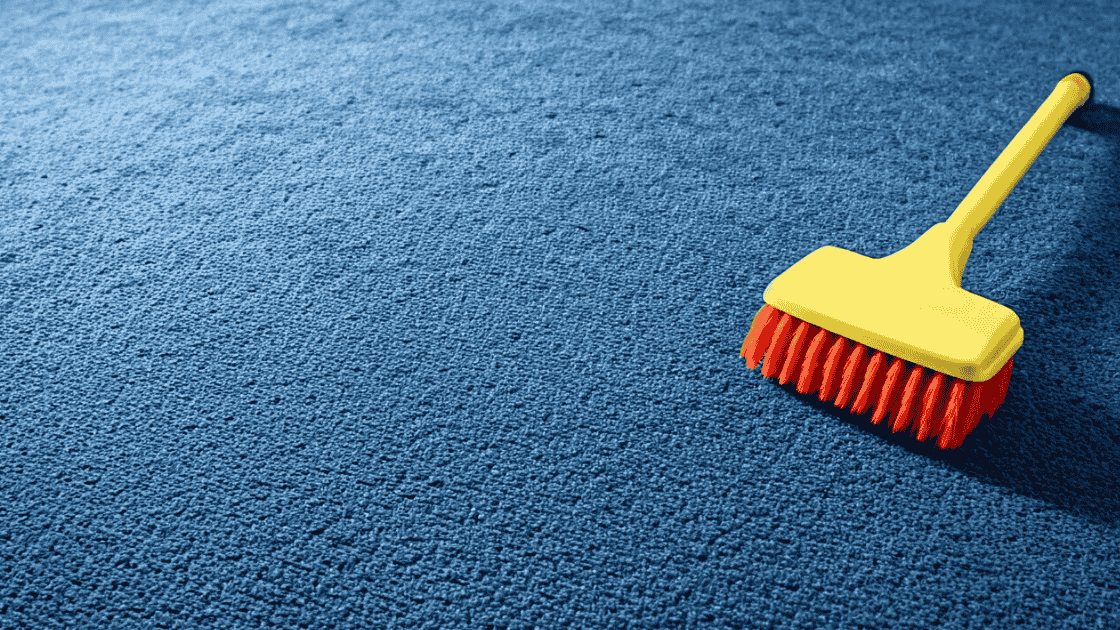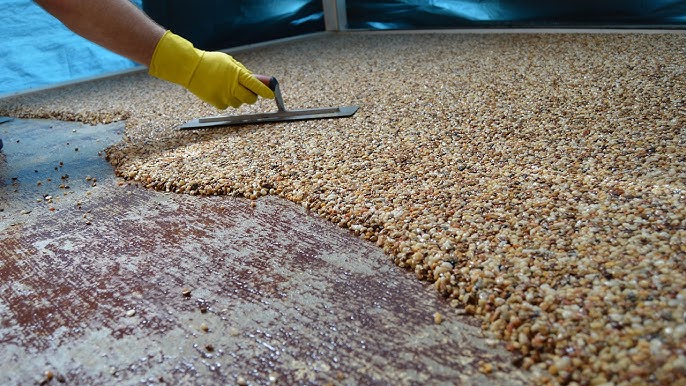Do You Keep Cleaning Carpet Until Water Is Clear?
Carpet cleaning is an essential part of maintaining a clean and healthy home environment. Regular cleaning not only keeps carpets looking fresh but also extends their lifespan and removes allergens. A common question that arises during this process is: Do you keep cleaning carpet until water is clear?
This guide explores the factors to consider when addressing this question, providing helpful insights for achieving the best cleaning results.
Why Is Carpet Cleaning Important?
Carpets accumulate dirt, dust, and bacteria over time, making regular cleaning a necessity. Embedded grime can degrade carpet fibers and impact indoor air quality. Proper cleaning ensures:
- Removal of allergens like pet dander and pollen.
- Elimination of odors caused by spills or stains.
- Restoration of the carpet’s original appearance.
Whether you’re tackling a routine cleaning or addressing a major spill, understanding when to stop cleaning is key.
Do You Keep Cleaning Carpet Until Water Is Clear?
The short answer is: Not always. While clear water indicates that most of the dirt has been removed, there are instances where water may not run completely clear, even after several passes. Factors influencing this include:
- Carpet Material: Thicker carpets or those with deep fibers may retain more dirt, requiring additional cleaning.
- Type of Stain: Persistent stains, such as those from wine or grease, may cause cloudy water even after effective cleaning.
- Cleaning Method: The efficiency of the machine or technique you use can affect how thoroughly dirt is extracted.

Guidelines for Effective Carpet Cleaning
To determine whether further cleaning is necessary, follow these steps:
1. Pre-Treat Stains
Before using a carpet cleaner, treat stubborn stains with a specialized solution. This helps loosen dirt and reduces the need for excessive cleaning passes.
2. Use Proper Cleaning Equipment
Choose a high-quality carpet cleaner or hire professional services. Professional-grade machines often extract dirt more efficiently than household models.
3. Inspect the Carpet’s Appearance
After a few cleaning passes, assess the carpet visually and by touch. If it looks and feels clean, further cleaning may not be required, even if the water isn’t completely clear.
4. Avoid Over-Wetting
Excessive cleaning can saturate the carpet and underlying padding, leading to mold or mildew growth. Monitor water usage to prevent over-wetting.
Pros and Cons of Cleaning Until Water Is Clear:
| Pros | Cons |
|---|---|
| Ensures thorough dirt removal | May waste time and resources |
| Reduces allergens and improves hygiene | Risk of over-wetting and carpet damage |
| Enhances carpet’s visual appeal | Can be unnecessary for minor stains |
Tips for Avoiding Over-Cleaning:
- Set Realistic Goals: Aim for cleanliness, not perfection. Slight discoloration in rinse water is acceptable for older carpets.
- Monitor Water Usage: Stop cleaning if water becomes clear in high-traffic areas, even if it remains cloudy in less-used sections.
- Follow Manufacturer’s Guidelines: Adhere to cleaning recommendations based on your carpet’s material and construction.
- Use Quality Detergents: Choose effective, residue-free cleaning solutions to reduce the need for multiple passes.
When to Stop Cleaning Carpet?
You should stop cleaning when:
- The carpet feels and smells clean.
- Stains and dirt are no longer visible.
- The water extracted is significantly less dirty than when you started, even if it’s not fully clear.
Alternative Cleaning Approaches
If water remains dirty despite multiple passes, consider:
- Professional Steam Cleaning: Offers deep-cleaning capabilities that may resolve persistent dirt.
- Dry Carpet Cleaning: Uses minimal moisture, making it ideal for delicate carpets.
- Targeted Spot Cleaning: Focuses on specific stains to minimize overall water usage.
Final Thoughts About The Situation
So, do you keep cleaning carpet until water is clear? Not necessarily. While clear water can be a useful benchmark, it’s more important to assess the overall cleanliness and condition of your carpet.
By balancing thorough cleaning with practical limitations, you can achieve a clean and healthy carpet without overdoing it. Always tailor your cleaning efforts to the specific needs of your carpet and consult professionals when in doubt.











